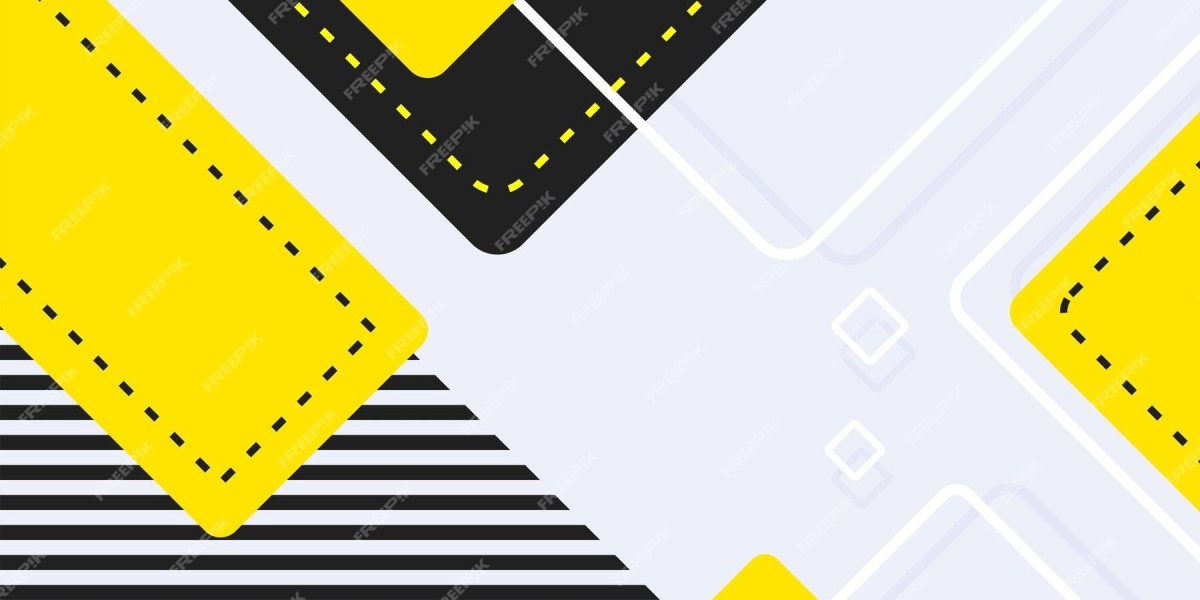Since January 19th, 2013 EU member states have been using a single European Driving Licence, which is the same size as a credit card. It is a photo and is secure against forgery. It replaces the previous 110 different national driving licence models that were previously used.
 It may come as an unwelcome surprise that France, Britain's closest neighbour has a completely different method of learning to drive.
It may come as an unwelcome surprise that France, Britain's closest neighbour has a completely different method of learning to drive.Medical Exam
In some European countries it is mandatory for drivers to take medical tests in order to renew their driving licenses after reaching an age limit. The reason for this is to ensure that the driver is able to continue to safely operate the vehicle and isn't suffering from prawo jazdy na automat prawo jazdy am egzamin prawo jazdy kat b a (Nativ.media) serious health problem. Some experts have questioned these compulsory tests. They have warned that they may cause older people to become afraid of driving and may even cause more accidents.
Certain countries require these tests, while others don't. The European Union allows member states to determine the criteria for assessing medical fitness to drive, which results in a myriad of rules. In Hungary, for example, a family physician can determine a driver's fitness to drive, while in Austria only doctors with specialized training can conduct the test.
The European Parliament is currently considering the possibility of requiring health checks for drivers older than 70. But many transport specialists, including the FDP parliamentary group's Bernd Reuther, reject this idea. Many transport experts believe that it's more sensible to concentrate on technologies like intelligent speed assist, reversing detectors that incorporate cameras or sensors and attention warnings in cases of driver Drowsiness or distraction. This could be done together with the current self-assessment form, which is required when applying for a driving licence or renewing it.
Another way to improve road safety is to introduce mandatory medical examinations in countries which do not have them yet. These checks can be done in conjunction with the current licence application procedure or at regular intervals. It can also be used to determine health issues, such as epilepsy, heart disease or diabetes, which may affect the ability to drive. However, a comprehensive screening program is not possible without the help of insurance companies and health authorities, and a large amount of administrative work. The cost of these tests could be prohibitive. Therefore, it is vital to find suitable criteria and intervals for the medical tests. It is vital to know that cars can be equipped with features like automatic emergency brake systems and forward collision warnings, which can prevent accidents by driver distraction or drowsiness.
Theory Test
The Theory Test assesses a learner driver's understanding of the rules and rules of road traffic. It is crucial that new drivers have a thorough understanding of these, since they are the foundation for safe driving. The test is conducted using a computer and the questions are drawn from a bank of questions. The questions are updated regularly as driving laws change. The test is designed to be as fair as possible, and it is not easy for anyone to fail. The latest figures published on the GOV site show that 45% of people pass their theory test.
The test for theory comprises two parts, which are completed simultaneously multiple choice questions and hazard perceptual tests. You must pass both of these to get an award. You can take a theory test online on the phone, or via post. The cost is PS24. You will need to bring both parts of your photocard provisional licence with you on the day of the test. You will not be able take the test if you don't have both. You will also lose your booking fee.
You will have 57 seconds to answer 50 multiple-choice questions. You must score at minimum 43 out of 50 to pass the test. You are able to review your answers as often as you like prior to the end of the test.
There are a variety of books and online study materials for the Theory Test. It is recommended to take advantage of official DVSA material to revise. It is available for purchase from the DVSA shop, and a few public libraries have it. On the DVSA site, you can also find a free learning portal with practice tests.
If you are dissatisfied with the outcome of your test, you have the right to appeal. You can appeal by speaking to the supervisor at the test centre before you leave or by filling in a form available in all test centres. The DVSA will examine your test and issue a revised result within 10 days. If you appeal and win, your theory test will be re-marked.
Practical Test
A test on the road will test your ability to safely and independently drive in compliance with the laws, taking into account other road users and road conditions. It requires you to demonstrate that you are able to control the vehicle, understand the rules and regulations for driving as well as have good vision and awareness, self-insight and understanding of the risks.
During your test the examiner will require to you complete a series of exercises. The examiner will select the route you will follow, which will be different from any of your previous driving lessons. It should also include a variety of traffic conditions and road types.
You will pass the driving test if you commit 15 minor errors or less, but no major or dangerous mistakes (majors). Minor errors are not dangerous and can include an pause or the position of your hands on the steering wheel. If you make the mistake once, you won't be penalized, but if repeated the mistake could be an extremely serious one. A serious mistake is one that puts the examiner, you or the public at risk and could result in a quick fail.
You'll have to listen to the instructions of your examiner's during the test. In certain countries, the test might include night driving or a skid pan session. Remember that the examiner is trying to get you to pass the test and will not require you to do anything unsafe or illegal.
Some studies have found that certain groups are more likely to fail the driving test, for example women. However, further studies are needed to understand what causes these differences and how to address them.
Some countries have standardised test content by establishing an identical test booklet that includes a list of the elements to be tested as well as some guidelines to be followed when examining. Certain countries are more flexible in the test process, however they must still include an independent driving component as well as a safety test. a controlled stopping.
Hazard Perception Test
The Hazard Perception Test is a vital part of the theory exam because it examines your ability to spot hazards on the road. This includes things like cyclists, other vehicles, pedestrians, animals, changes in conditions in the weather and road markings. It is crucial that you can anticipate what other road users may do, since it can aid in keeping everyone safe on the road. The hazard perception test is comprised of 14 video clips, each lasting for approximately one minute. The videos are shot from the point of view of the driver and show regular road scenes that have at least one hazard that is developing. During the test, you'll be required to click the mouse when you notice the danger developing. The DVSA will then inform whether you're right. If you click on a danger before it is determined to have been created, you will receive zero points for the moment.
The test for hazard perception was developed because many people struggle to spot potential dangers. The test was designed to determine the speed at which you are able to discern a hazard that is growing and has demonstrated that drivers who are successful are able to process information they are receiving more quickly than unsuccessful ones. Hazard perception skills can be improved and that is why testing for hazard awareness is essential for those who want to drive a car.
Research has revealed that experience and age are also factors that influence perception of hazards. Drivers who aren't experienced were slower and less accurate in responding to questions on hazard detection, while experienced drivers with few accidents were faster and more accurate. In addition, experienced drivers were more cautious and recognized more dangers than those who were not trained.
It is crucial to prepare for your test on hazard perception by watching practice videos and driving on a regular basis. If you do this, you'll be more likely to pass your hazard perception test when it is time to take it. You'll be pleased that you did it as having a solid knowledge of hazard awareness will ensure your safety when driving.






